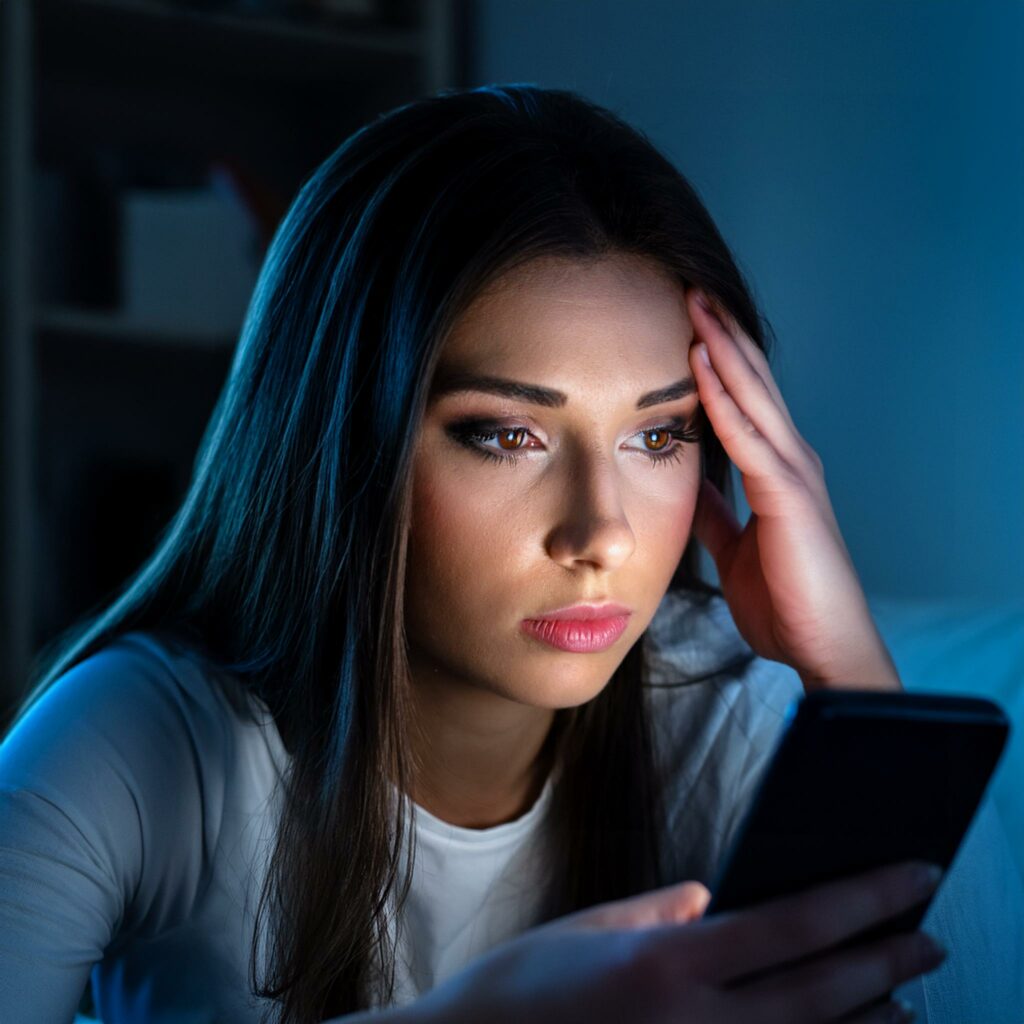
In our fast-paced, digitally driven world, the constant barrage of information, notifications, and updates can sometimes overwhelm us. While technology can enhance our lives in many ways, the endless stream of social media updates and emails can lead to feelings of exhaustion and lack of motivation, sometimes known as digital burnout. John Lydgate wrote a poem in 1430 with the line “For whoso hath too much of any good, Of that same good he shall be soon bereft.”, which is where the modern-day phrase “Too much of a good thing can be bad for you” comes from. Clearly, Lydgate wasn’t talking about screen time, but the point is still valid. Amidst the convenience of the digital age, it’s essential to pause and reflect on how this constant connectivity impacts our mental well-being and happiness.
The speed of access to information
Information is no more than a click or a “Hey Siri” away. While this ease of accessibility certainly has its perks, it can also contribute to a sense of urgency and information overload. The constant PING of an email, like, or new post makes it very easy to feel we need to keep up with everything, all of the time. It’s important to remember that not every piece of information requires an immediate response. Take a step back, look at what is important, and set boundaries.
One way to support this is using Do Not Disturb, use these links to find out how to set up Do Not Disturb on your phone.
Set up Do Not Disturb on your iPhone
Set up Do Not Disturb on your Android
How much is too much screen time
Whether it’s for work, school, or leisure, many of us spend hours glued to our devices each day. On average, a person spends around 15-16 hours awake per day. The global average for screen time per day is 7 hours. We spend almost 50% of our day looking at one type of screen or another. Set limits on how much time you use a screen per day supported by taking regular breaks. The RNIB (Royal National Institute of Blind People) recommends for every 20 minutes you spend in front of a screen, you should spend 20 seconds looking at something 20 feet away. This is known as the 20/20/20 rule.
RNIB Guidance on eye safety including digital use
The Pitfalls of Social Media
Social media platforms can be a great way to connect, but the pressure to present our lives on social media can also lead to feelings of inadequacy, FOMO (fear of missing out), and negatively comparing our lives to others. The endless scrolling can be a significant time drain, detracting from real-world interactions and experiences.
A way to support the amount of time we spend on social media is to use built-in app timers from phone manufacturers.
Set up Screen Time on your iPhone
Set up Digital Well Being on your Android
Prioritising Sleep
Sleep is essential; ask anyone, and they’ll likely confess to never getting quite enough of it. Using the guides above, create schedules to limit notifications and disturbances before and during sleep. Do Not Disturb will still allow your alarm to play so you won’t miss that 6 am wake-up call! Limit screen time before you go to bed, and make use of your phone’s inbuilt blue light filter.
Turn on the iPhone’s Night shift feature
Turn on Android’s Bedtime Mode
While technology is an integral part of education and today’s world, it must be used mindfully to prevent digital burnout. By prioritising mental well-being, managing those constant notifications, and understanding the impacts that social media, screens, and poor sleep have on our lives, we can find the balance that supports our health and happiness. Remember while digital communication has its place, nothing quite compares to face-to-face interactions with family, friends, and peers.
